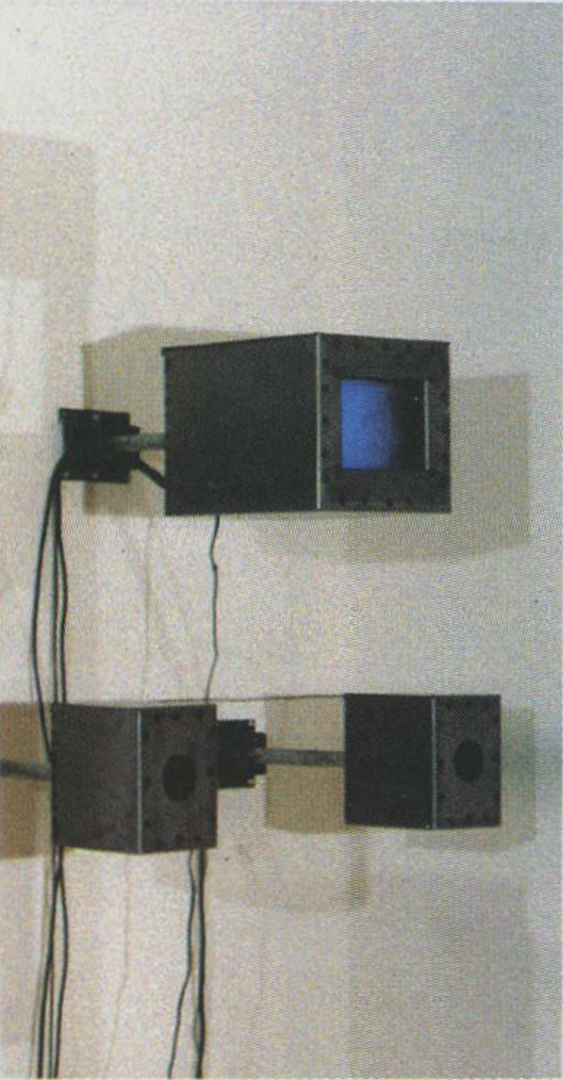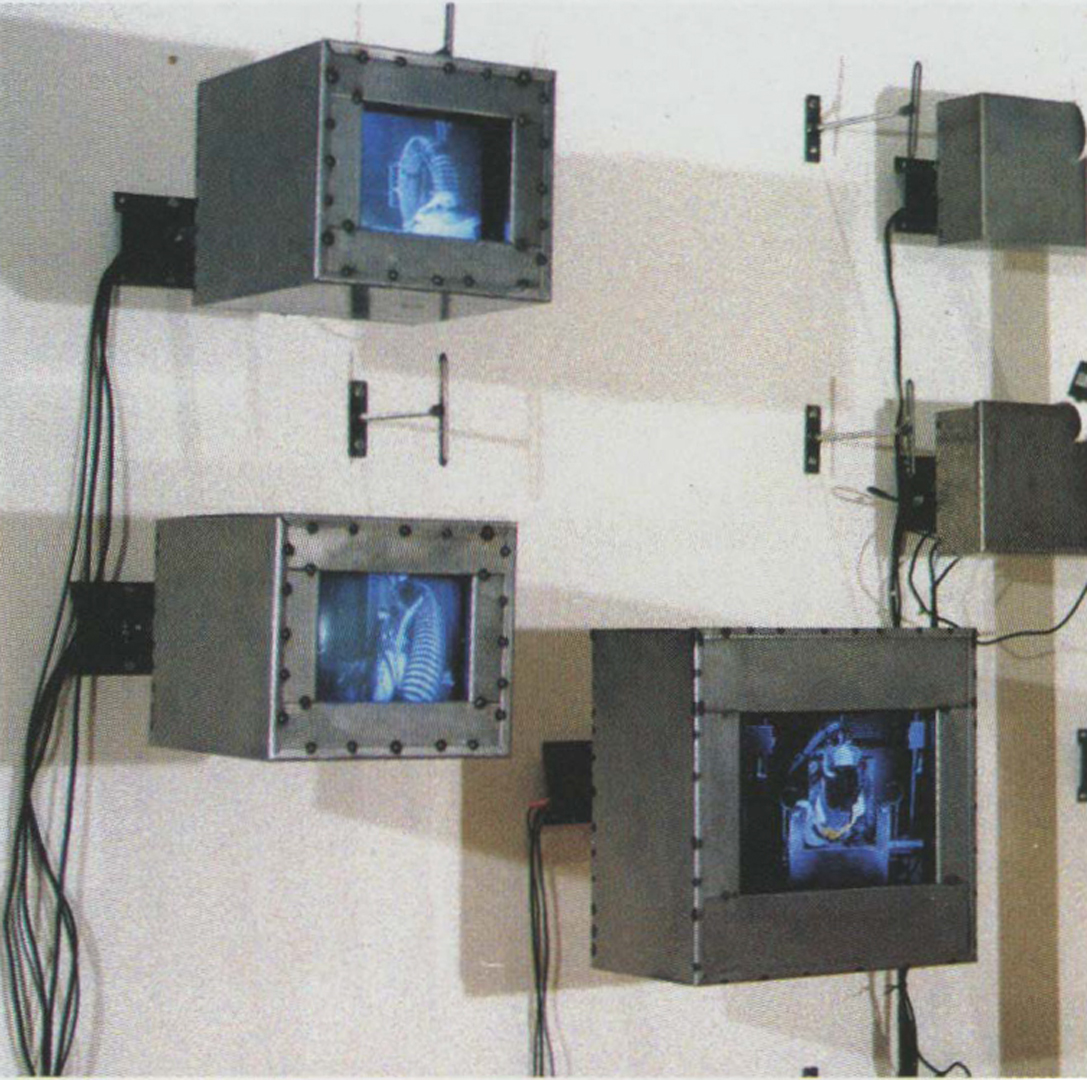Tammy Knipp: CASE STUDY 9983 & 9983-B
Artist(s):
Title:
- CASE STUDY 9983 & 9983-B
Exhibition:
Creation Year:
- 2007
Category:
Artist Statement:
Psychophysiology is the study of the correlation between the human psychological and physiological domains, exploring the intricate interface of mind, brain, and body. This field of study is concerned with how mental events, such as feelings and thoughts, affect bodily processes. As an artist and researcher, I design pilot projects (CASE STUDIES – performance-like interactive, video-kinetic electronic installations) as experimental models to explore the field of psychophysiology in the context of electronic media. These studies investigate virtual and real experiences while examining the art of perception. The exhibition venue provides a platform for clinical observations of social and cultural interaction. Bridging the fields of art and science, these pilot studies exemplify scientific theories. In the era of techno-driven culture, art as a discipline of research broadens the interpretation of visual literacy to include multiple areas of study.
Technical Information:
With the aid of technology, CASE STUDY 9983 & 9983-B creates an environment in which virtual and real experiences merge, addressing the perception of virtual danger and risk.
CASE STUDY 9983 is a modernized version of an electric massage chair. The chair is equipped with concealed commercial-grade vibrating devices designed to massage different parts of the body, creating unexpected
physical stimuli and responses. Adjacent to CASE STUDY 9983, CASE STUDY 9983-B is a wall display of video monitors and bio-feedback modules, depicting facial and polygraph
recordings of the voluntary subject’s reactions to virtual and perceptual experience. The data collected from this pilot study will address two objectives:
1. To research the autonomic nervous system and somesthetics senses and observe whether perceptions of virtual reality can in fact influence physiological responses. The data collected may provide both psychological and physical information for the multimedia, computer video/interactive designer, especially for the “haptic learner.”
2. To investigate the differences and commonalities from the data collected for each stimulus and response as reported in each category (for example, sex, age, race, etc.) and the different types of stimuli that may motivate and entice voluntary participation and social-kinetic energy.






